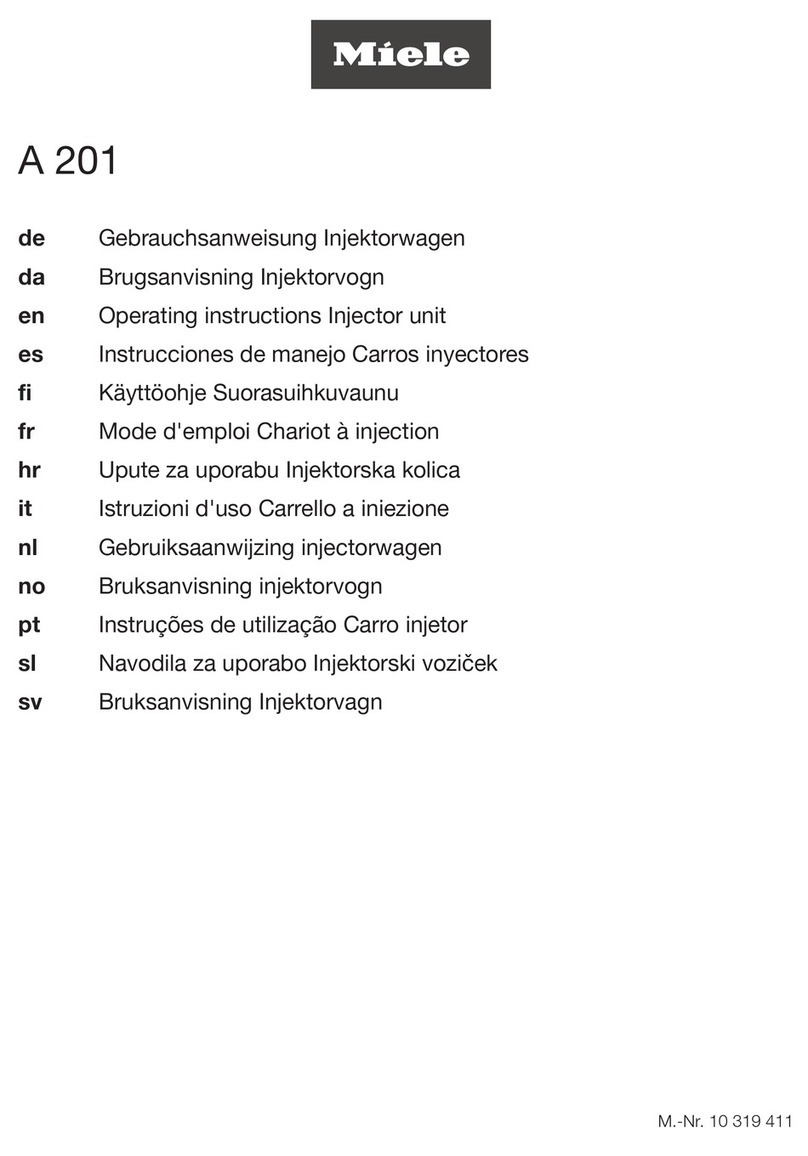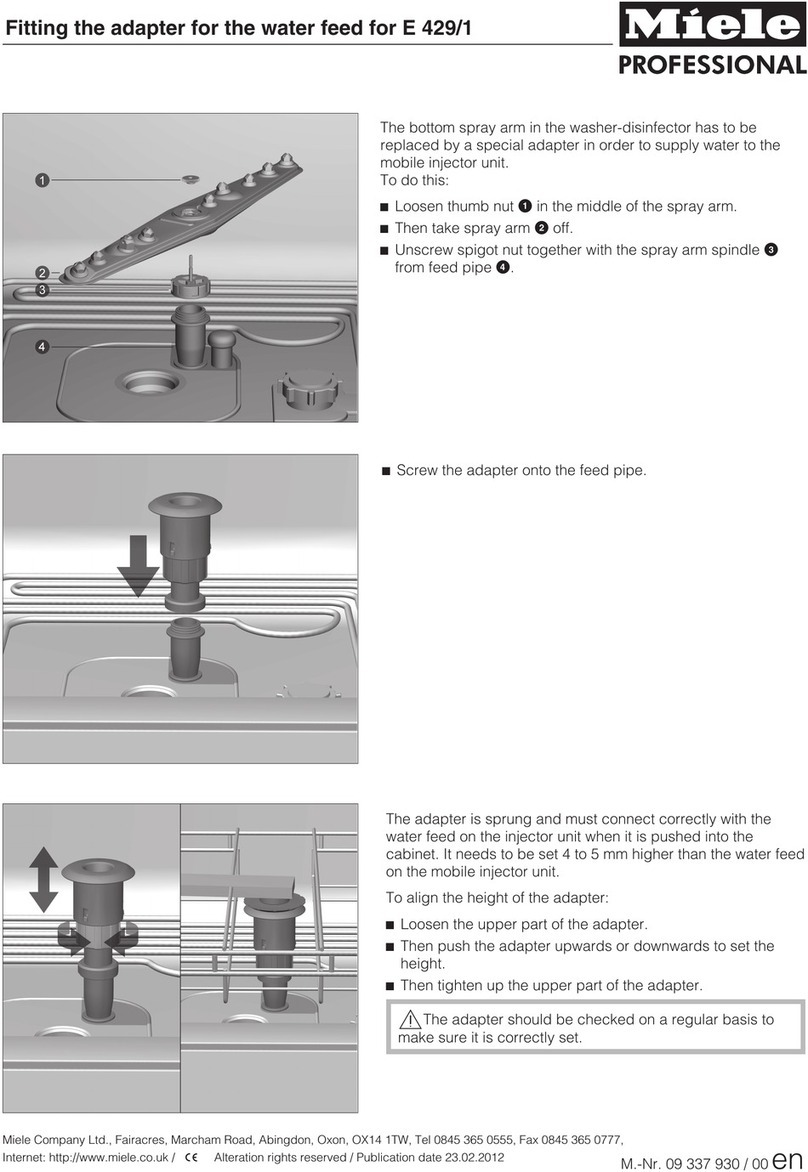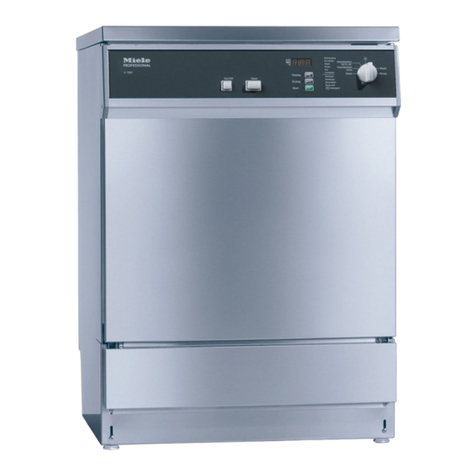
CONTENTS
REV.0.00_COD.223130_A4
Page 3
Contents
1.GENERAL RULES ................................................................................................................................. 5
1.1Limitation of liability ...................................................................................................................... 5
1.2Validity, contents and filing........................................................................................................... 5
2.PRODUCT INFORMATION.................................................................................................................... 6
2.1Intended purpose and proper use................................................................................................ 6
Designated purpose ................................................................................................................. 6
Improper use ............................................................................................................................ 6
2.2Safety notes.................................................................................................................................. 7
2.3Recommendations for proper use................................................................................................ 8
2.4Safety labelling ............................................................................................................................. 9
2.5Technical data .............................................................................................................................. 9
2.6Instructions on use ..................................................................................................................... 10
Skill sets.................................................................................................................................. 10
3.INSTALLATION.................................................................................................................................... 11
3.1Water connection ....................................................................................................................... 11
Connection to the water supply ............................................................................................. 11
Connecting the drain hose ..................................................................................................... 12
3.2Electrical connection .................................................................................................................. 13
3.3Steam connection (optional)....................................................................................................... 15
4.COMMISSIONING............................................................................................................................... 16
5.DISPENSING OF PROCESS CHEMICALS ......................................................................................... 17
5.1Refill indicator ............................................................................................................................. 17
5.2Replacing containers .................................................................................................................. 18
5.3Notes .......................................................................................................................................... 19
6.OPERATION ........................................................................................................................................ 20
6.1Fill level monitor.......................................................................................................................... 20
6.2Switching the machine on .......................................................................................................... 20
6.3Opening and closing the door .................................................................................................... 20
Manual door............................................................................................................................ 20
Semi-automatic door.............................................................................................................. 21
Automatic door ....................................................................................................................... 21
6.4Loading the machine .................................................................................................................. 22
7.CONTROL PANELS AND SYMBOLS.................................................................................................. 23
7.1Control panels ............................................................................................................................ 23
LCD indicator.......................................................................................................................... 23
LED indicator .......................................................................................................................... 23
7.2Buttons ....................................................................................................................................... 24
Control panel with LCD display:............................................................................................. 24































